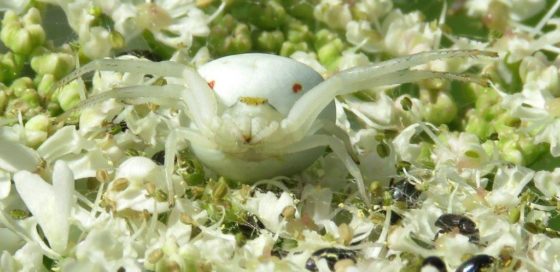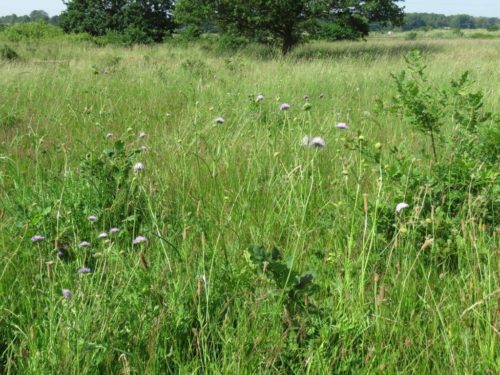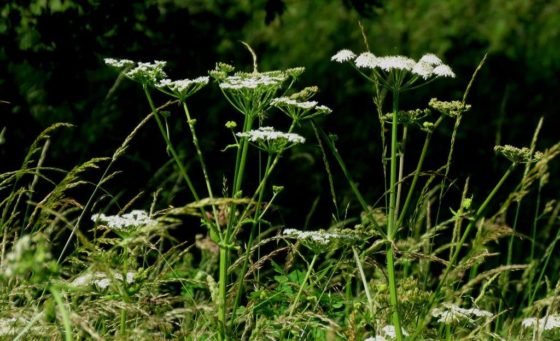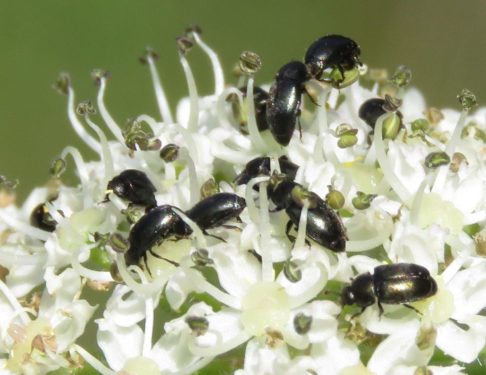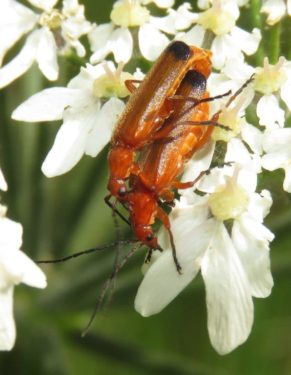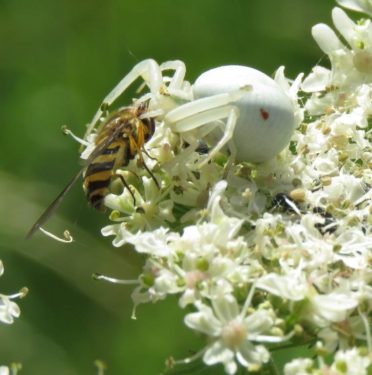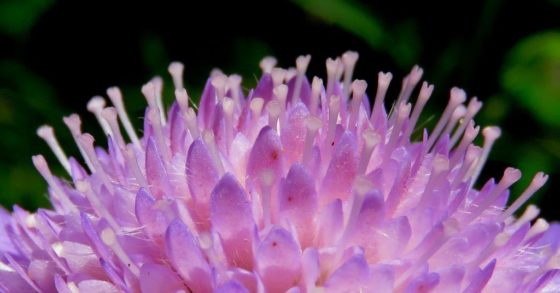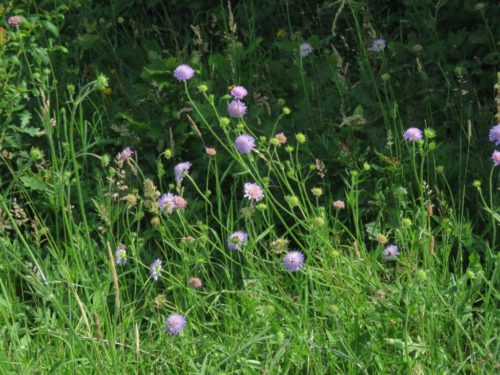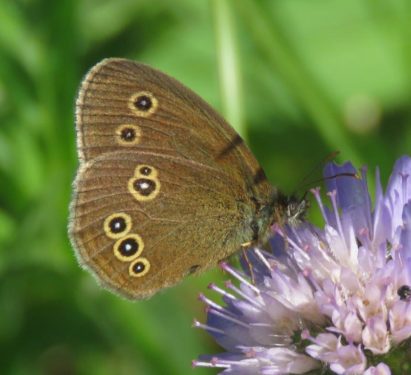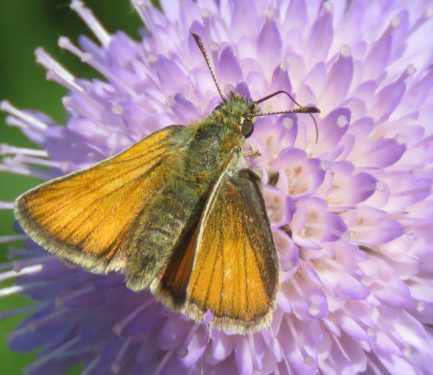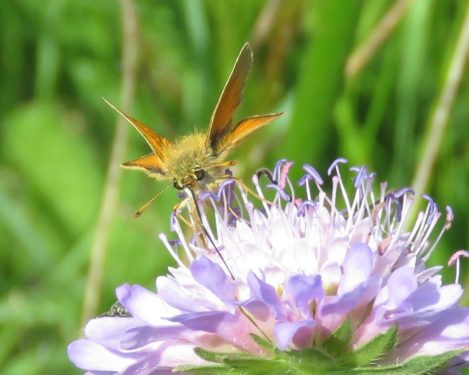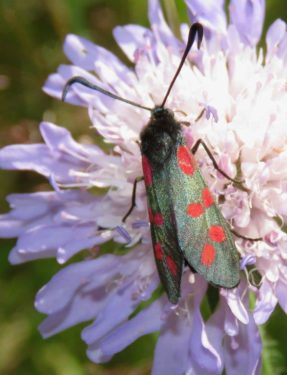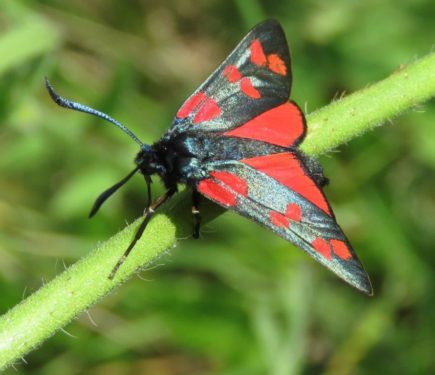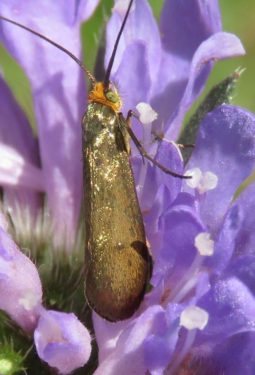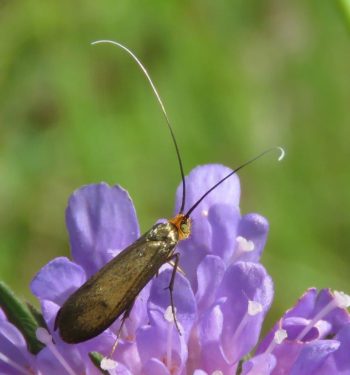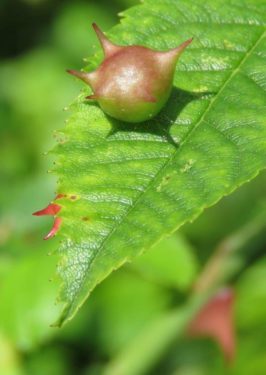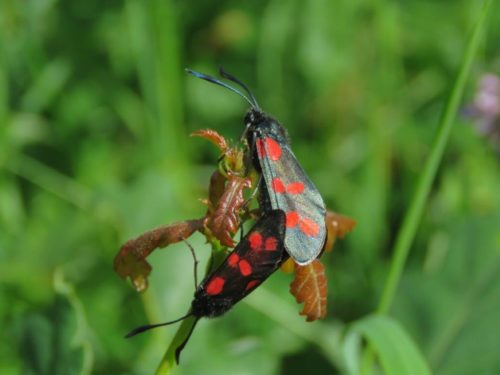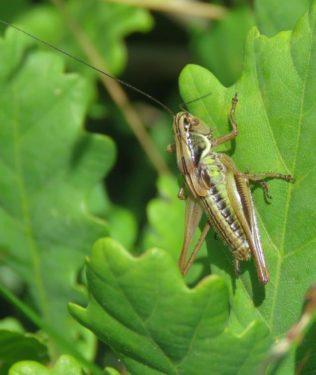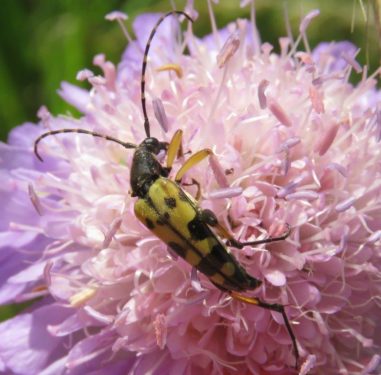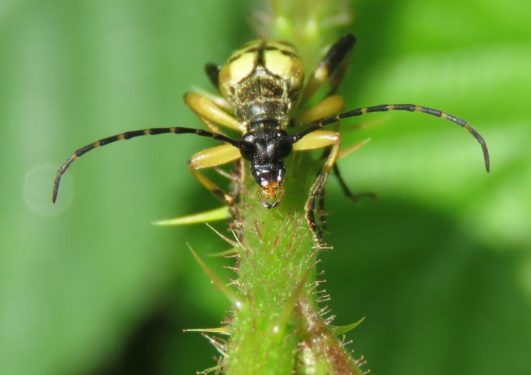Lower Lodge keeps cropping up in these blogs – see here and here. No wonder: it is one of the most exciting places for summer wildlife in these parts, all the more exciting as much of that wildlife has moved in over the past ten years or so.
Farmed until the 1980s and now owned by Colchester Borough Council, until relatively recently it was all repeatedly mown throughout the summer. But now, as an integral part of the Colne Local Nature Reserve, the regime over substantial blocks of the site has been amended to mowing on a two or three year rotation. This is enough to control the incessant attempted colonisation by trees, and provide a rich floral mix which is a magnet for insects.
At this time of year, Hogweed stands proud from the grass heads, great horizontal plates of food – nectar and pollen – for vast numbers of flies, beetles and other insects.
Hogweed Bonking Beetles live up to their name, often multiple pairs per umbel, and with careful searching it is possible to find the deadliest of hoverfly predators, the crab spider Misumena vatia. Coming an a range of colour forms, they are likely to be most effective as hidden assassins on a background which matches their own colour closely.
Another of the valuable midsummer nectar sources is Field Scabious, attractive especially to butterflies and moths.
While the most frequent butterflies – Skippers, Meadow Browns, Ringlets and Gatekeepers – are variations on a theme of brown, some of the moths are a visual treat. Both Narrow-bordered Five-spot and Six-spot Burnets are warningly-coloured, indicating to potential predators their caterpillars may have been eating forms of Bird’s-foot-trefoil which contain the precursors for cyanide formation; those precursors can be carried through the process of metamorphosis making the moth toxic. Although I saw only Six-spots on my walk a couple of days ago, both species fly here together.
But the moth to beat them all for me is the Brassy Longhorn, which feeds as an adult on Scabious flowers, and as a caterpillar on the seeds and then the leaves of the same species. It may be tiny, but the brilliance of its metallic scales is such that it can be spotted at several metres’ range.
Very scarce in Essex (see the Essex Field Club distribution map), presumably largely due to the scarcity nowadays of grassland with Scabious in it, the presence of Brassy Longhorn here raises all sorts of questions. Particularly, how and when did it arrive? Under the former mowing regime, Scabious may have been present, but never allowed to flower, and there are very few, if any, other concentrations of Scabious locally which could have held a relict population of the moth. As to when it arrived, having got all excited about the ‘first site record’ this year, I have just noticed that we had seen and photographed it for our 15 July blog last year, but not realised its significance!
Always more questions than answers in nature – that is one of the values of a place such as Lower Lodge, to inspire inquiry. It is a model of multifunctional green space, for recreation (both formal and informal), education, providing outdoor health benefits, and very importantly a home for wonderful wildlife. And a model which has inspired a similar relaxation of intensive mowing in other places, most notably a part of Wivenhoe’s King George V playing fields, which I will return to in future blogs.
In the meantime, just a few other images from late June at Lower Lodge:
